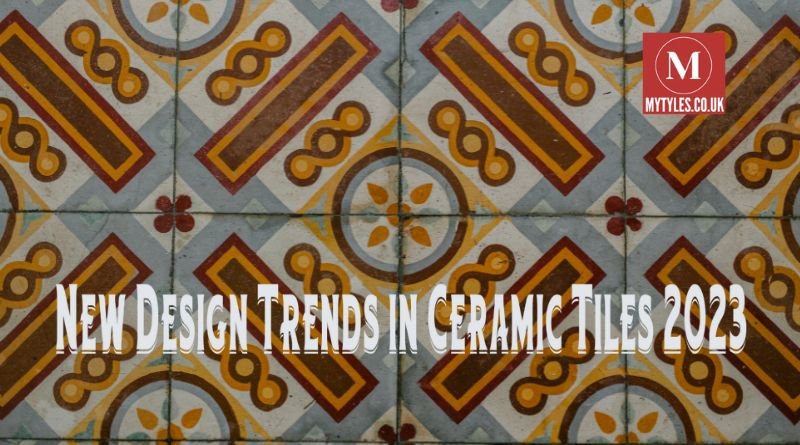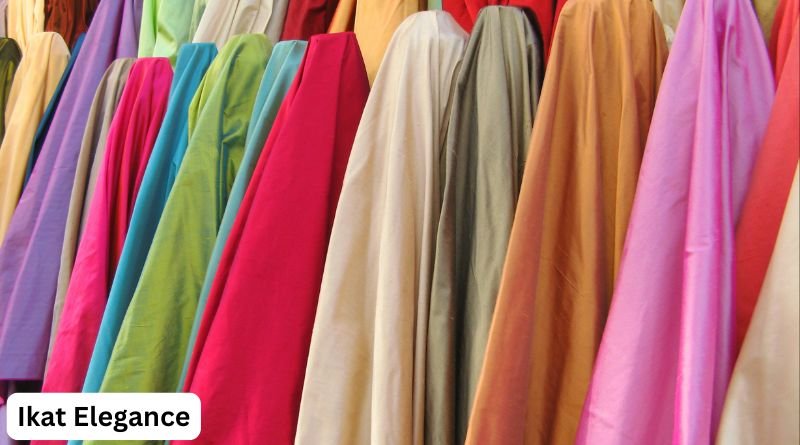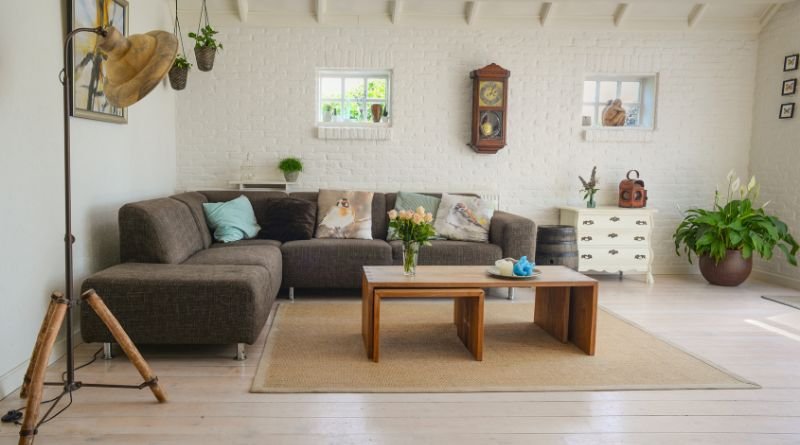Ceramic tiles have long been a staple of interior and exterior design due to their durability, versatility, and aesthetic appeal. As 2023 unfolds, new design trends in ceramic tiles are capturing the attention of architects, designers, and homeowners alike. Whether used in kitchens, bathrooms, living rooms, or outdoor spaces, the fresh trends of the year showcase a mix of innovation and artistry, offering a range of styles to suit various tastes and preferences. From organic textures to bold geometric patterns, ceramic tile design in 2023 is embracing both natural influences and modern sophistication. Let’s explore the emerging trends that are shaping the world of ceramic tiles this year.
Nature-Inspired Designs
One of the most noticeable trends in ceramic tiles in 2023 is the incorporation of nature-inspired designs. Homeowners and designers are increasingly drawn to elements that bring the outside world into interior spaces, creating a sense of calm and serenity. This trend manifests in tiles that mimic natural materials such as wood, stone, and marble. Thanks to advancements in digital printing technology, ceramic tiles now offer incredibly realistic reproductions of these materials, often at a fraction of the cost of the real thing.
Wood-look tiles, for instance, are gaining widespread popularity. They replicate the texture and warmth of hardwood floors but offer the durability and water resistance of ceramic, making them ideal for areas like bathrooms and kitchens. Stone-effect tiles are another prominent example, featuring intricate veining and earthy tones that add a touch of luxury to any space. These nature-inspired designs align with the broader push toward biophilic design, where the goal is to integrate natural elements into built environments, fostering a closer connection with nature.
Sustainable and Eco-Friendly Materials
In line with global efforts to combat climate change, sustainability has become a central concern in all aspects of design, including ceramic tiles. In 2023, eco-conscious consumers are looking for tiles made from sustainable and recycled materials. Manufacturers are responding by using recycled content in their tiles, reducing waste, and improving the overall environmental footprint of production processes.
Tiles made from recycled glass or ceramic materials are becoming increasingly common, as they offer the same durability and beauty as traditional ceramic tiles but with a significantly smaller environmental impact. Some brands are even offering carbon-neutral tiles, which take into account both the materials used and the energy consumed during production. Furthermore, the trend towards using locally sourced materials helps to minimize transportation emissions, making these tiles even more eco-friendly.
Sustainability doesn’t stop at materials; it extends to the lifespan of the product as well. Ceramic tiles are renowned for their longevity, reducing the need for frequent replacements and minimizing waste in landfills. Their low-maintenance nature also means fewer cleaning products, which often contain harmful chemicals, are needed over their lifetime.
Bold Patterns and Geometric Shapes
Gone are the days when ceramic tiles were limited to plain, square designs. In 2023, bold patterns and geometric shapes are making a strong comeback. Hexagonal, chevron, and herringbone patterns are particularly popular, providing a dynamic and modern aesthetic to both floors and walls. These geometric patterns add visual interest to spaces, drawing the eye and creating focal points within a room.
Colorful and intricate designs, inspired by art deco and Mediterranean styles, are also trending. These patterns are often used as feature walls or backsplashes, transforming otherwise neutral spaces into vibrant, eye-catching areas. The use of geometric tiles is not just limited to floors and walls; designers are incorporating them into outdoor spaces such as patios and gardens, where they create striking visual statements.
This shift towards more daring designs is partly a reaction to the minimalist trends that have dominated the past few years. While simplicity and clean lines still have their place, many homeowners and designers in 2023 are embracing a more maximalist approach, using tile patterns to make bold design statements.
Matte Finishes for a Sophisticated Look
While glossy tiles have traditionally been the go-to option for their shiny and reflective surfaces, matte finishes are emerging as a popular alternative in 2023. Matte ceramic tiles offer a more subdued and sophisticated aesthetic, with a soft texture that is visually pleasing without the harsh glare of high-gloss surfaces.
One of the benefits of matte tiles is their ability to hide smudges, fingerprints, and watermarks, making them ideal for high-traffic areas such as bathrooms, kitchens, and hallways. Their understated look also complements a wide range of interior design styles, from rustic and industrial to contemporary and Scandinavian.
In particular, matte tiles in neutral tones like gray, beige, and soft earth colors are gaining traction. These tiles can create a calm, understated backdrop in a room, allowing other design elements like furniture and artwork to shine. However, matte doesn’t mean boring—designers are pairing matte finishes with textured surfaces to add depth and interest, ensuring that these tiles remain anything but flat or lifeless.
Large Format Tiles for Seamless Spaces
Another key trend in ceramic tiles in 2023 is the move toward large-format tiles. These oversized tiles are being used to create seamless, expansive surfaces that minimize grout lines and provide a clean, modern look. Large tiles are particularly popular in open-plan living spaces and bathrooms, where they help to create a sense of continuity and flow.
The larger the tile, the fewer grout lines are needed, which is not only aesthetically pleasing but also practical, as grout can be difficult to clean and maintain. In addition, large tiles are being used on both floors and walls to make spaces feel more expansive and open. For smaller rooms, they can create the illusion of more space, making them a popular choice for modern, urban interiors.
These large-format tiles are often paired with neutral colors and natural finishes, creating a sleek and minimalist look. They work particularly well in contemporary and industrial-style homes, where clean lines and open spaces are central to the design.
Terrazzo Revival
The terrazzo trend, which first gained popularity in the mid-20th century, is making a strong comeback in 2023. Terrazzo ceramic tiles are characterized by their speckled appearance, created by embedding small chips of marble, quartz, or glass into a cement or resin base. This retro-inspired design is being reimagined with modern twists, such as bolder colors and larger, more irregular chips.
Terrazzo tiles are highly versatile, suitable for both floors and walls, and can be used in a variety of settings, from kitchens and bathrooms to living rooms and entryways. Their unique, playful patterns add a touch of whimsy to any space, while their durability and low-maintenance qualities make them a practical choice for high-traffic areas.
What sets terrazzo apart from other tile trends is its ability to be both subtle and statement-making. Neutral-colored terrazzo tiles with small chips can create a refined and elegant backdrop, while colorful versions with larger chips can act as the focal point of a room.
The Return of Handmade and Artisanal Tiles
In 2023, there is a growing appreciation for the craftsmanship and artistry that goes into handmade and artisanal ceramic tiles. These tiles, often characterized by their irregular edges, unique glazes, and slight imperfections, bring a sense of individuality and authenticity to a space. Unlike mass-produced tiles, each handmade tile has its own distinct character, adding warmth and personality to interiors.
Artisanal tiles are particularly popular in kitchens and bathrooms, where they can be used to create stunning backsplashes or accent walls. They are often produced in small batches by skilled artisans, using traditional techniques that have been passed down through generations. This return to craftsmanship reflects a broader shift towards valuing quality and authenticity in design, with homeowners increasingly seeking out unique, handcrafted pieces that tell a story.
In addition to their aesthetic appeal, handmade tiles are often more sustainable than their mass-produced counterparts, as they are typically made using natural materials and low-energy production methods. This makes them an attractive option for eco-conscious consumers who want to combine sustainability with style.
Conclusion
The new design trends in ceramic tiles for 2023 highlight a dynamic fusion of nature, sustainability, artistry, and modern technology. From nature-inspired designs and eco-friendly materials to bold patterns, matte finishes, and large-format tiles, the options available to homeowners and designers this year are more diverse and exciting than ever. Whether you are looking to create a tranquil, nature-inspired retreat or a bold, statement-making interior, the ceramic tile trends of 2023 offer something for every taste and style. As sustainability and craftsmanship continue to rise in importance, it is clear that ceramic tiles will remain at the forefront of design for years to come.




